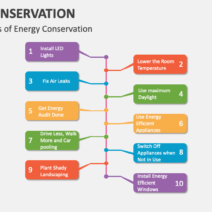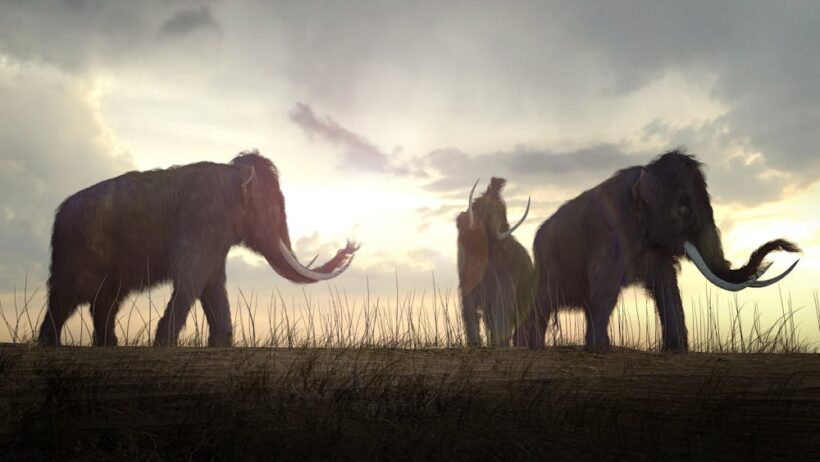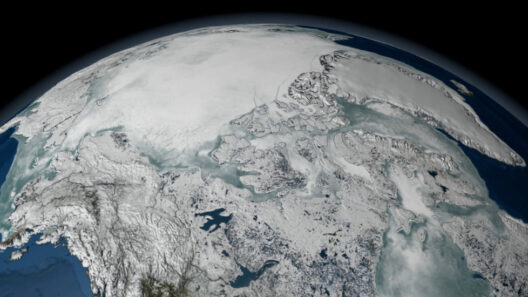The conversation surrounding climate change has taken many intriguing turns over the years, blending ecology, genetics, and a peculiar fascination with the prehistoric. One of the most audacious ideas currently gaining traction is the possibility of bringing woolly mammoths back from extinction. This concept, often dubbed as “de-extinction,” not only captivates the imagination but also raises potent questions about ecological restoration and climate mitigation strategies. Could the resurrection of this iconic Ice Age creature play a pivotal role in combating global warming? The proposition deserves a thorough examination.
At first glance, the concept of resurrecting woolly mammoths may seem like a whimsical fantasy straight out of a science fiction novel. However, proponents argue that these magnificent beasts could significantly influence modern ecosystems, particularly the tundra regions that are experiencing rapid climate change. With their extraordinary adaptability to cold environments and their unique behaviors, woolly mammoths could serve as critical players in restoring the balance of their native habitats.
One of the key assertions made by advocates of this endeavor is that woolly mammoths could assist in the conservation of permafrost, a vital carbon sink. As the Arctic warms, permafrost thaws, releasing carbon dioxide and methane—two potent greenhouse gases—into the atmosphere. The reintroduction of woolly mammoths could potentially help maintain the integrity of these frozen soils. Their trampling could compact the ground, forming a more resilient surface layer, inhibiting further thawing and the subsequent release of these gases. This ecological function underscores the potential for de-extinction to act as a buffer against anthropogenic climate change.
Furthermore, it is essential to consider the role that large herbivores historically played in their ecosystems. Woolly mammoths were crucial in maintaining grassland ecosystems, often referred to as “mammoth steppe.” By grazing and consuming vast swathes of vegetation, they maintained the landscape, preventing the encroachment of woody plants and facilitating the carbon-storing capacity of grasslands. These ecosystems are more effective at sequestering carbon than forests due to their extensive root systems. The presence of woolly mammoths could thus rejuvenate these carbon sinks, enabling a natural mechanism of climate mitigation.
This ecological rationale, however, raises additional questions about the broader implications of de-extinction. The revival of the woolly mammoth must occur within a framework of ecological integrity. It is essential to avoid creating an imbalance by reintroducing a species into an ecosystem that has irrevocably altered since their disappearance approximately 4,000 years ago. The contemporary tundra is not the same frosty playground that existed during the Pleistocene epoch. Hence, it becomes imperative to investigate which, if any, of the historical conditions we can replicate to facilitate their reintegration without exacerbating other environmental crises.
In addition, the focus on woolly mammoths must also consider the ethical implications of such an endeavor. Are we justified in resurrecting a species that has been absent for millennia, fundamentally altering the dynamics of existing ecosystems in the process? While technological advancements in genetic engineering offer unprecedented possibilities—such as CRISPR and cloning—the ramifications of playing god with nature cannot be overstated. Thoughtful reflection and public discourse are essential to navigate the moral quandaries posed by de-extinction, addressing the rights of newly created organisms and their ecological roles.
Moreover, it is vital to contextualize the notion of resurrecting woolly mammoths within a broader climate action strategy. De-extinction should not distract or detract from crucial efforts to address the root causes of climate change, such as fossil fuel dependency, deforestation, and pollution. Woolly mammoths may hold the key to a creative form of ecological restoration, but they should complement rather than replace existing climate action measures. Innovation in sustainable practices, renewable energy, and conservation efforts must remain at the forefront of combating climate change effectively.
New avenues for biodiversity enhancement could parallel efforts to bring back woolly mammoths. Allowing existing ecosystems to flourish through conservation initiatives could potentially yield significant benefits without requiring intervention in the form of de-extinction. Employing targeted efforts to protect current wildlife and restore habitats could help to buffer against the degradation catalyzed by climate change. Additionally, preserving genetic diversity in contemporary species offers the advantage of resilience in adapting to changing environmental conditions without resorting to resurrecting extinct species.
Ultimately, the prospect of bringing woolly mammoths back from extinction presents both an alluring vision of ecological restoration and a cautionary tale about the implications of human intervention in nature. It serves as a reminder of our historical impact on the environment and the ongoing responsibility to champion conservation efforts. As humanity grapples with the daunting challenge of climate change, the woolly mammoth embodies a fusion of curiosity, scientific ingenuity, and moral responsibility that could guide future environmental efforts. The potential to wield science as a tool for sustainability, coupled with an unwavering commitment to preserving our planet, may ultimately prove more impactful than the resurrection of any single species.
In conclusion, while the prospect of woolly mammoths roaming the tundra again is undoubtedly fascinating, the real work lies in understanding how to harness ancient knowledge to secure a sustainable future. The conversation should not solely revolve around the revival of the past but rather actively engaging with the stewardship of the present and the promise of the future.






